|
Triangle Posture - Trikonasana - is a relatively new addition to the physical practices of yoga. Along with most other standing postures, Triangle is absent from the texts of Hathayoga. It makes an appearance in the 1920-30s as yoga in India is becoming more exercise oriented. This makes it strange to speak of something like a 'traditional' Triangle Posture, since its use in yoga has yet to hit the hundred-year mark. Below we have traced the transmission and progression of Triangle Posture through the last century, especially in Kolkata and the Ghosh Lineage. Among the students of Ghosh, it was consistently practiced for decades since its earliest iteration in 1938 with Buddha Bose. In the 1960s the posture disappears before being reborn as a deep sideways lunge. This is seen in Bikram Choudhury and Jibananda Ghosh but nowhere in Kolkata itself. It seems that this is an influence from bodybuilding, though it is unclear exactly when, where and why the change occurred.
It would appear that the evolution of Triangle Posture into a deep sideways lunge shows influence from bodybuilding. It is unclear if this is an innovation of Choudhury himself, or if it occurred more generally around the time when he was learning. Evidence of bodybuilding's influence on Choudhury's instruction is visible in other places as well, including the instruction to 'lock the knee'.
Triangle Posture itself is a relatively new addition to 'yoga' practice, probably being adopted in the 1920-30s along with other standing, exercise-based positions and movements. After its adoption as a yogic asana, it was relatively stable in its practice for decades. In the Ghosh lineage, it was done with one knee slightly bent, the torso parallel to the ground, and one hand touching the foot. In the 1970s, the posture underwent a significant change, perhaps being reinvented entirely, turning into a deep sideways lunge that resembles a bodybuilder's pose. This version is taught by Choudhury and his students.
For another posture that underwent significant development and change in the 1960-70s, see the Standing Bow Posture. (Thanks to Jerome Armstrong for the insight about bodybuilders.)
4 Comments
History is never done being written. That much is clear as we discover new characters, beliefs and links that were unknown in years past. Our knowledge is always being updated and the story of history is always changing.
It is shocking how much is unknown about our past. Where does our knowledge come from? Where did our teachers learn? When and why did practices begin and evolve? We are passionate about finding the answers to these questions, which is why we have published and made available seven volumes in the past four years. MUSCLE CONTROL by BISHNU CHARAN GHOSH Originally published in 1930 as part of Muscle Control and Barbell Exercise, this is the first book by BC Ghosh. It doesn't deal with yogic values or practices, but its emphasis on muscular development and technique has trickled down through the decades into modern yoga practice. It has been available around the web before as a sort of bootleg, but the Ghosh family recently approved it for sale. Its proceeds go to Ghosh's Yoga College in Kolkata. 84 YOGA ASANAS by BUDDHA BOSE The manuscript of this volume was created in 1938, and a small section of 24 postures was published in 1939 as "Key To the Kingdom of Health Through Yoga, Volume 1." The rest was never published, lost to history through a fascinating series of events including a World War, an estate sale and an art exhibition. It was discovered by Jerome Armstrong in 2015 and published, shining a bright and powerful light into the yoga practices of the 1930s. YOGA CURE by BISHNU CHARAN GHOSH This is the only surviving yoga text we have from BC Ghosh. It is a small pamphlet that he wrote in 1961 in Bengali and English containing 32 postures and instructions. The photos are of his daughter Karuna. The pamphlet was recently discovered by a student (thanks Mukul!) of Ghosh, and the family approved it for sale. Proceeds go to Ghosh's Yoga College in Kolkata. 84 YOGA ASANAS by Dr. GOURI SHANKAR MUKERJI Based on an out-of-print German volume and unpublished Bengali manuscripts, this work from the 1960s illuminates a fully-realized yoga system. Mukerji was a prominent student of Ghosh as well as a medical doctor, so this text includes medical insight as well as yogic understanding. It was published with the blessing of Mukerji's nephew (thanks Rupen!). Proceeds go to Mukerji's school and gym in Kolkata. YOGA PANACEA by Dr. PS DAS This book is the most modern of the yoga texts from this lineage, published in 2004 by Dr. Das, who is still teaching and prescribing in Kolkata. It is difficult to find, even in India. It has been available in the US at times because Das came to teach at Bikram Choudhury's trainings. So some westerners have this book, but we are happy to make it available whenever we can get copies from Kolkata. CALCUTTA YOGA by JEROME ARMSTRONG The first history of this lineage, Calcutta Yoga covers the lives of Bishnu Ghosh, Buddha Bose and Paramhansa Yogananda. It was just published last year (2018), and has recently been picked up for publication in India. A necessary volume for anyone with interest in this lineage or modern yoga history in general. SHARIRAM ADHYAM by LABANYA PALIT This is the latest discovery in the research of this lineage. Written in 1955 by Palit, a knowledgable student of Ghosh (and a woman, finally!), the book is comprehensive with an introduction by BC Ghosh himself. It is written in Bengali, and we are in the process of translating it for publication in English. Very little has been known about the Ghosh lineage in the 50s, so this book will fill an important gap in our knowledge. Every new discovery and project surprises us. Of course we never know what we will stumble upon amid the great stacks of history. We are committed to uncovering the knowledge both inside and outside of this lineage. Greetings from Kolkata! I am nearly done with the first research trip exploring the forgotten women of yoga. It has been incredibly fruitful and already there is so much to piece together. We have discovered a complete work by Labanya Palit from 1955! She was a student of Bishnu Charan Ghosh and we were able to find a copy of her book in the National Library. In the 60 years it has been here, it has never been checked out before! Her time period, from about 1940-1960, has been somewhat of a mystery to us. This book by Labanya Palit fills an important gap in our knowledge and our history.
|
AUTHORSScott & Ida are Yoga Acharyas (Masters of Yoga). They are scholars as well as practitioners of yogic postures, breath control and meditation. They are the head teachers of Ghosh Yoga.
POPULAR- The 113 Postures of Ghosh Yoga
- Make the Hamstrings Strong, Not Long - Understanding Chair Posture - Lock the Knee History - It Doesn't Matter If Your Head Is On Your Knee - Bow Pose (Dhanurasana) - 5 Reasons To Backbend - Origins of Standing Bow - The Traditional Yoga In Bikram's Class - What About the Women?! - Through Bishnu's Eyes - Why Teaching Is Not a Personal Practice Categories
All
Archives
May 2024
|

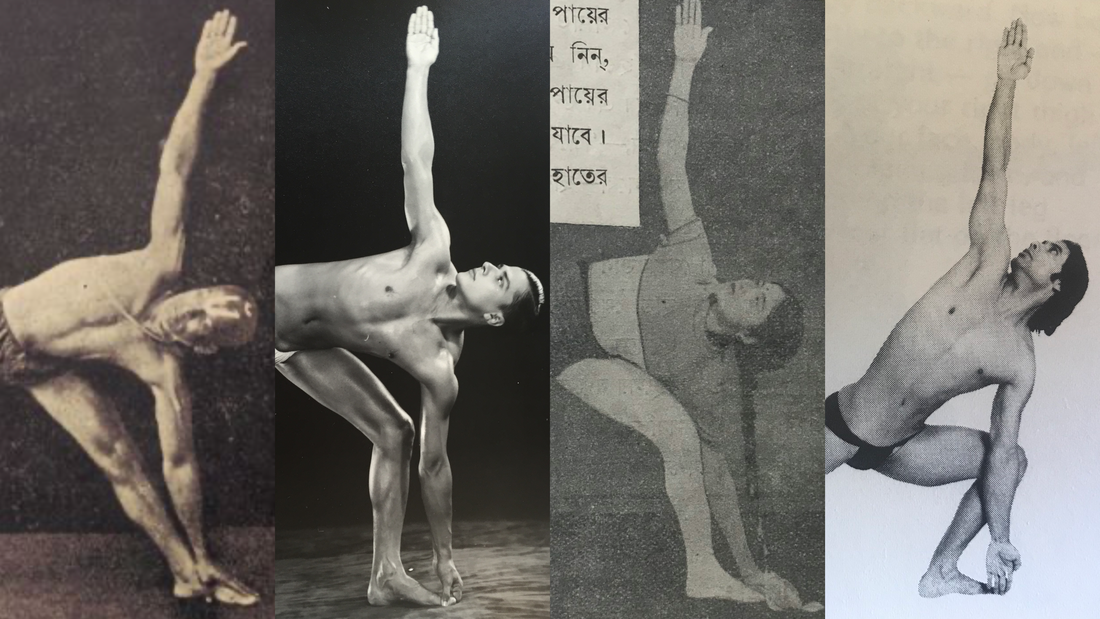
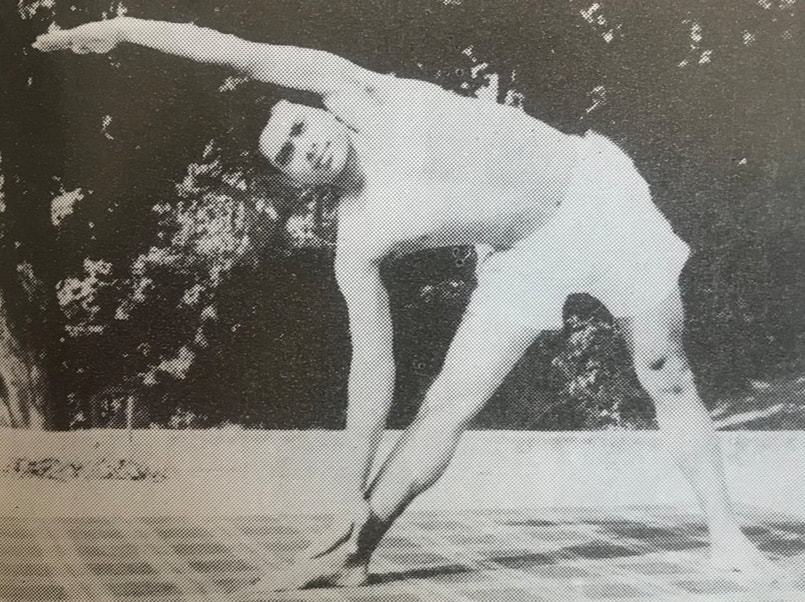
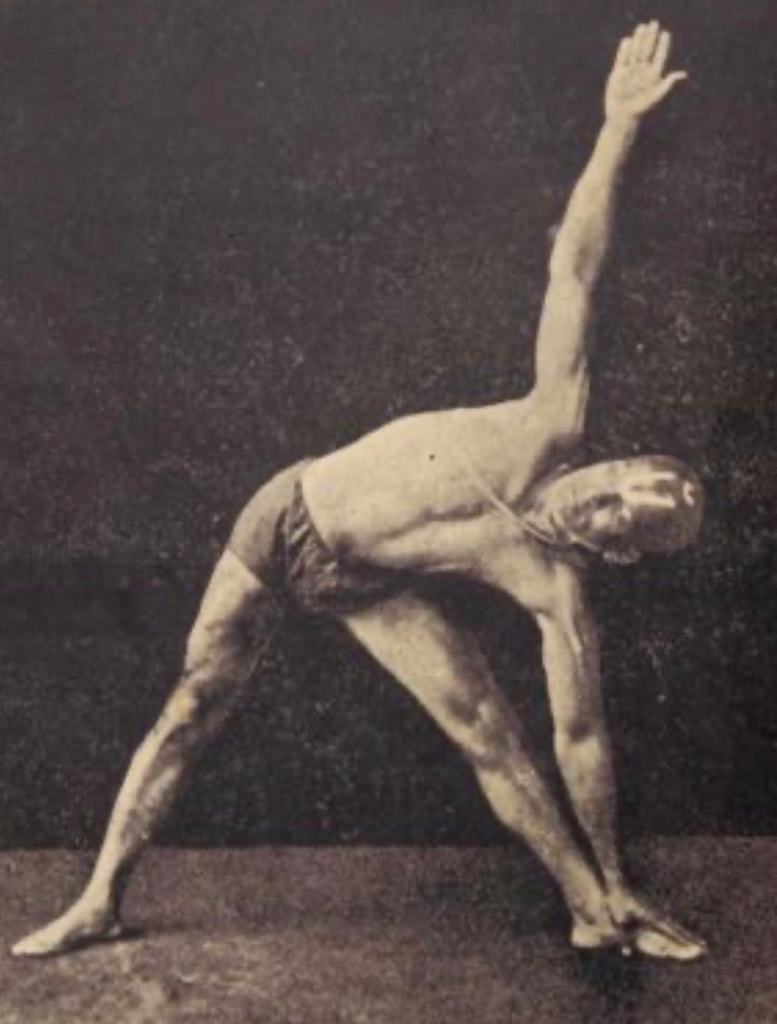
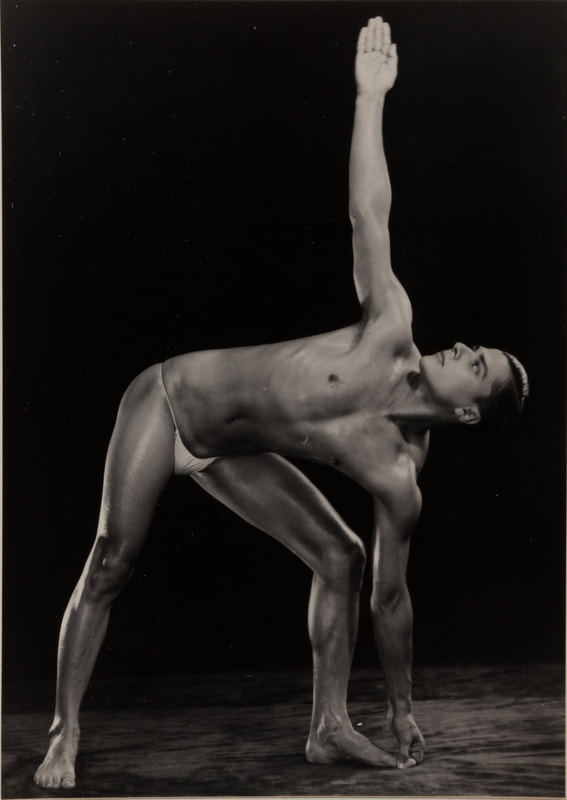
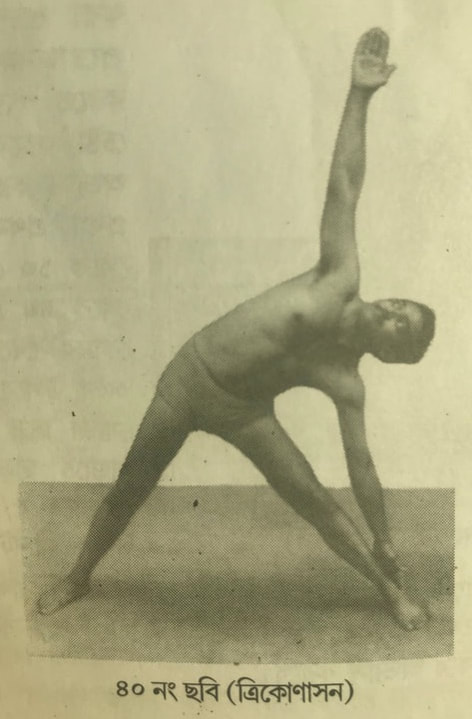
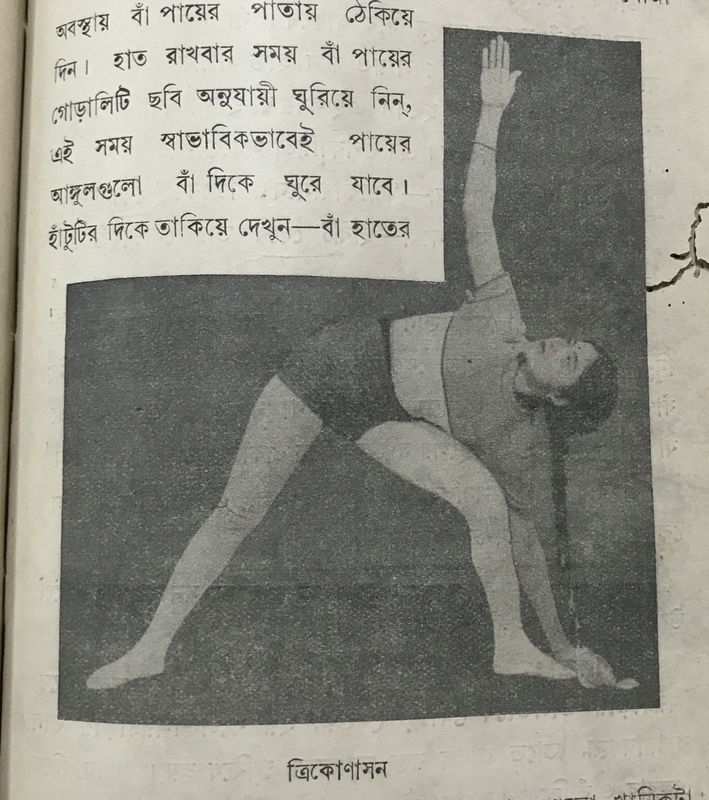
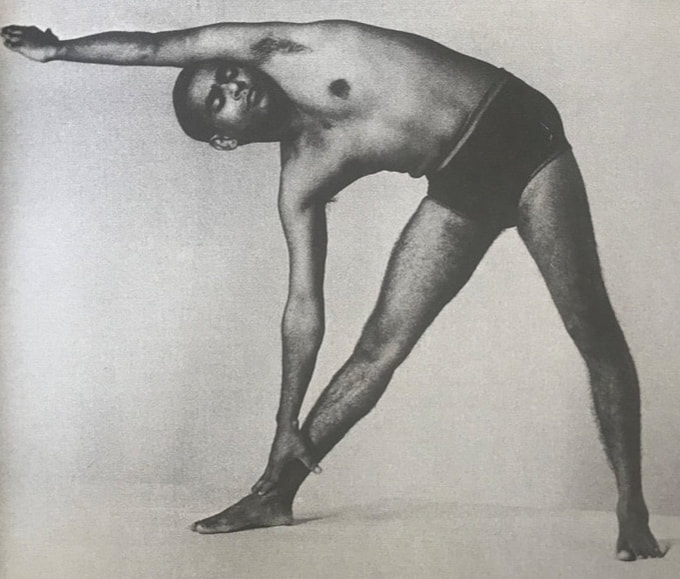
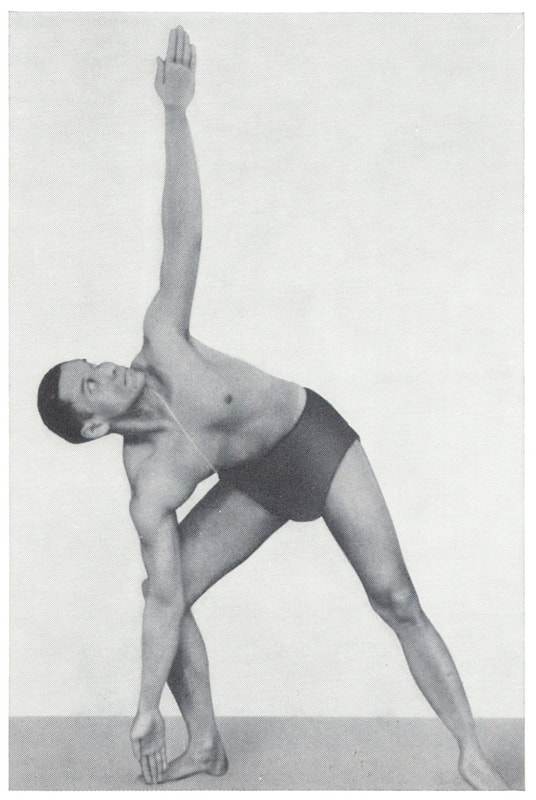
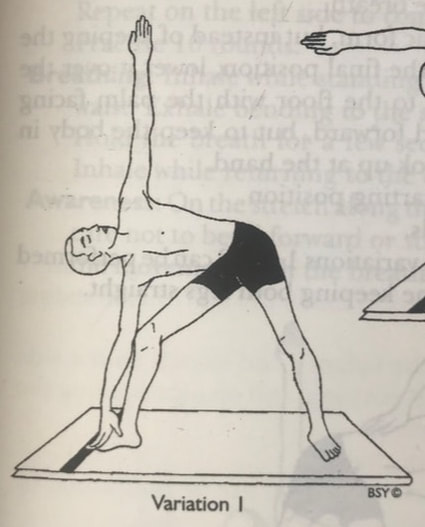
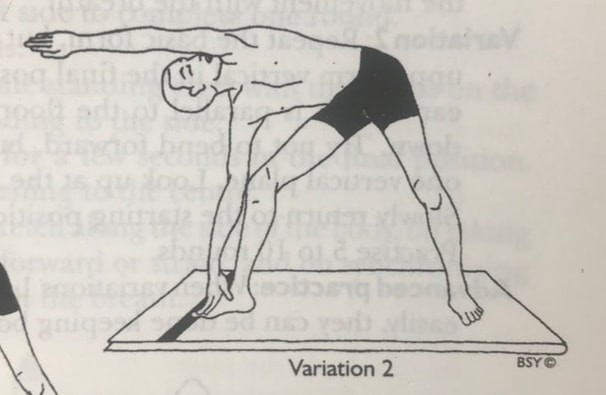
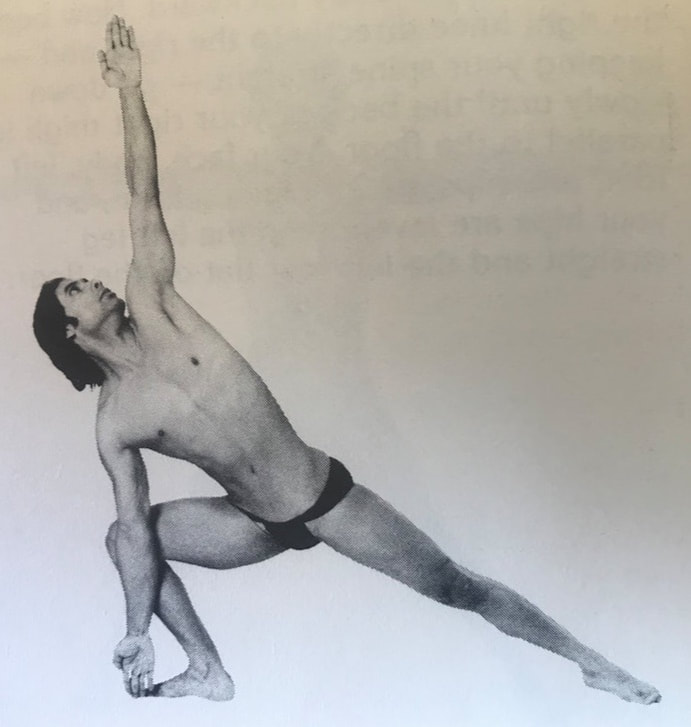
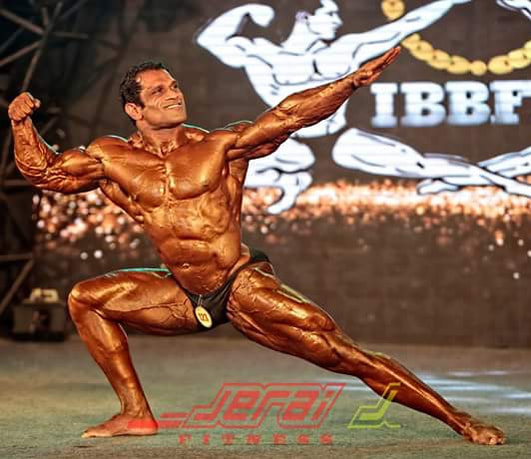
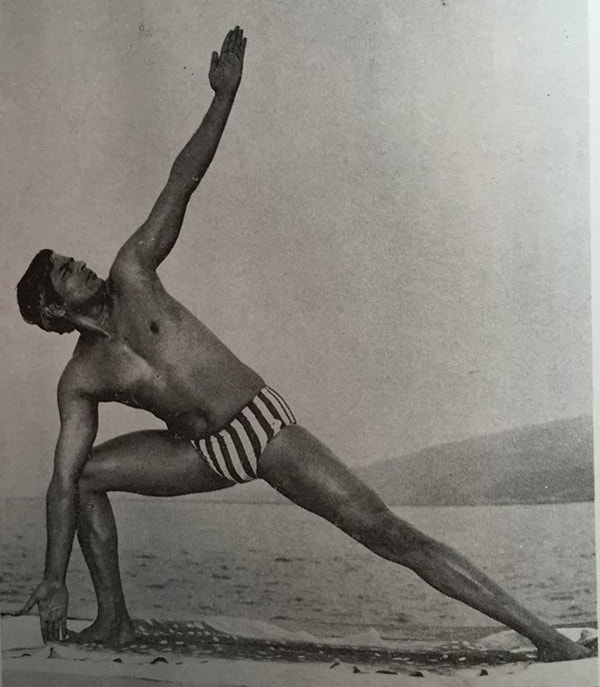
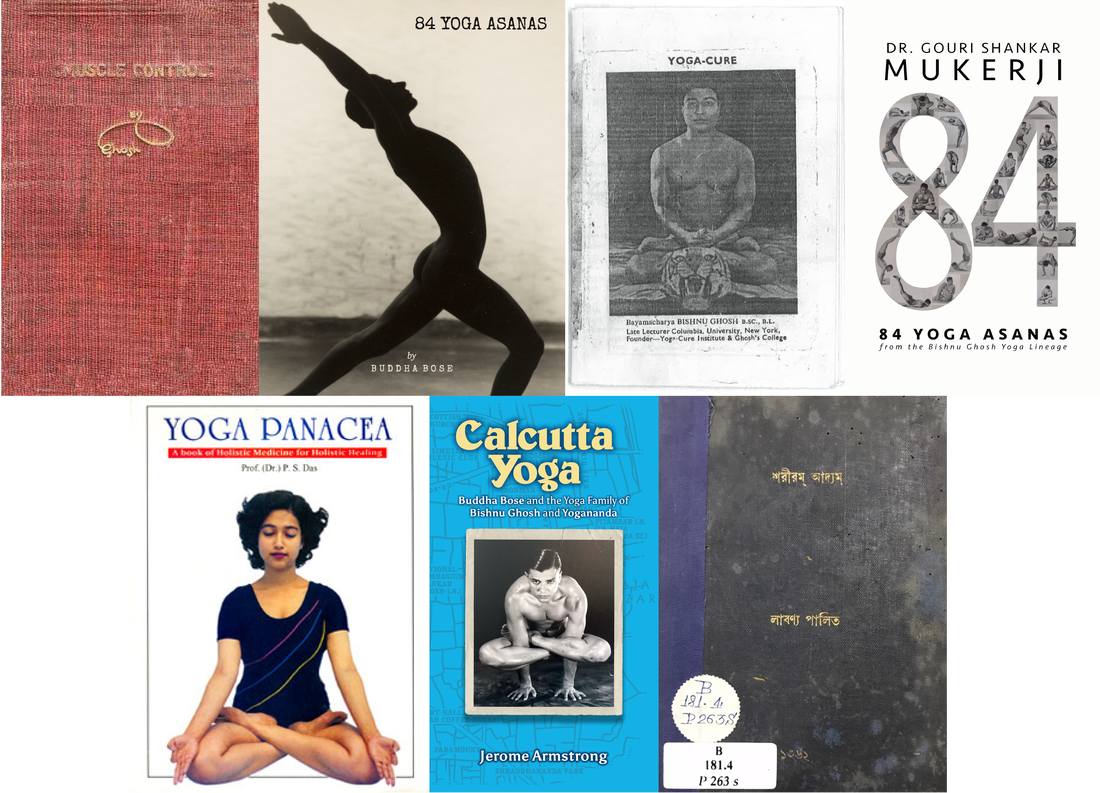
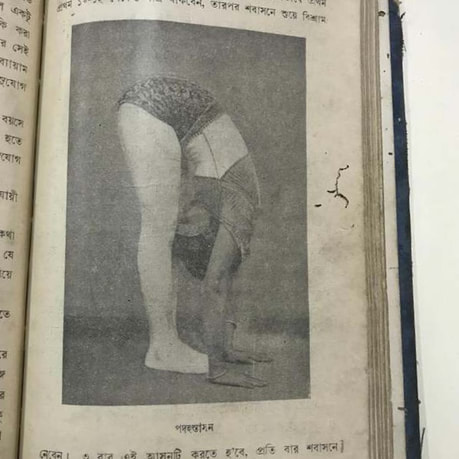
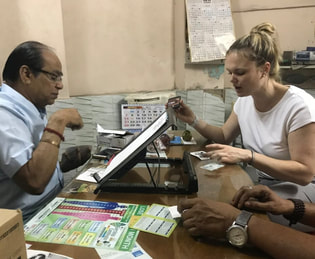

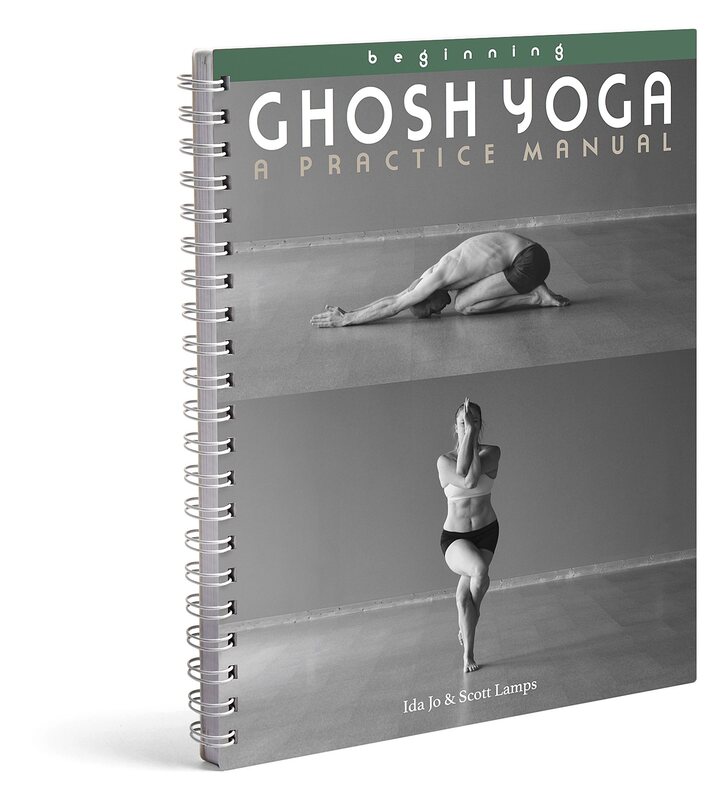
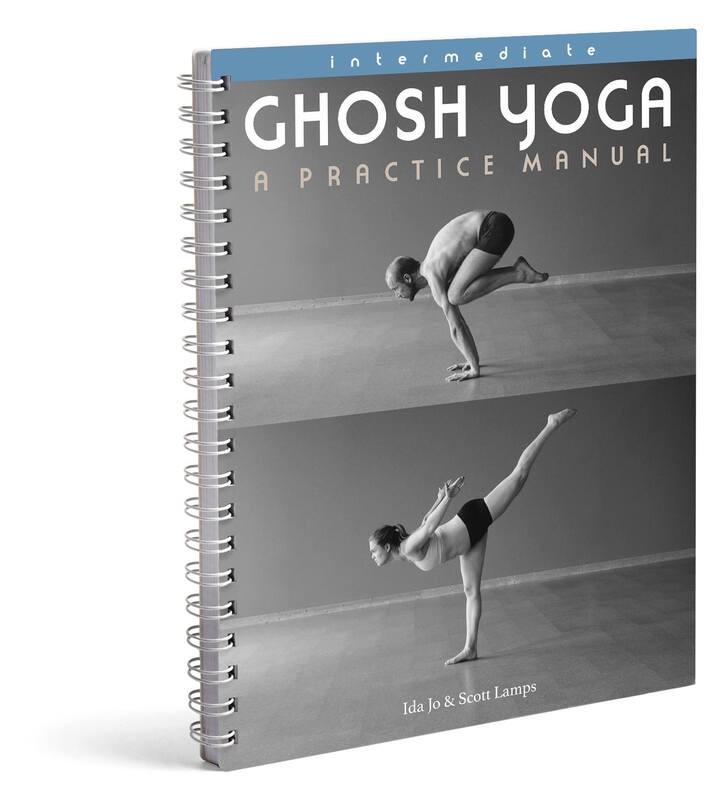
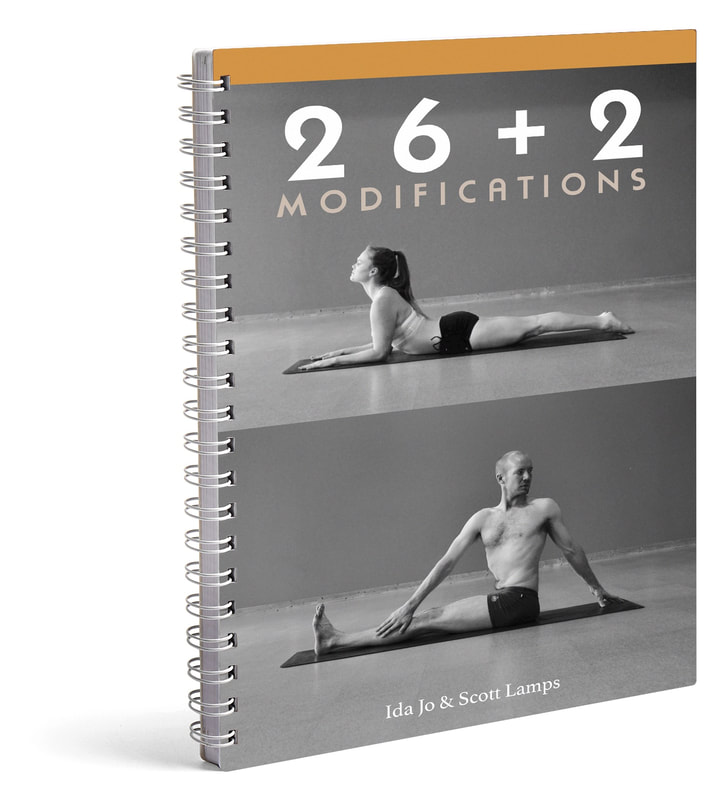
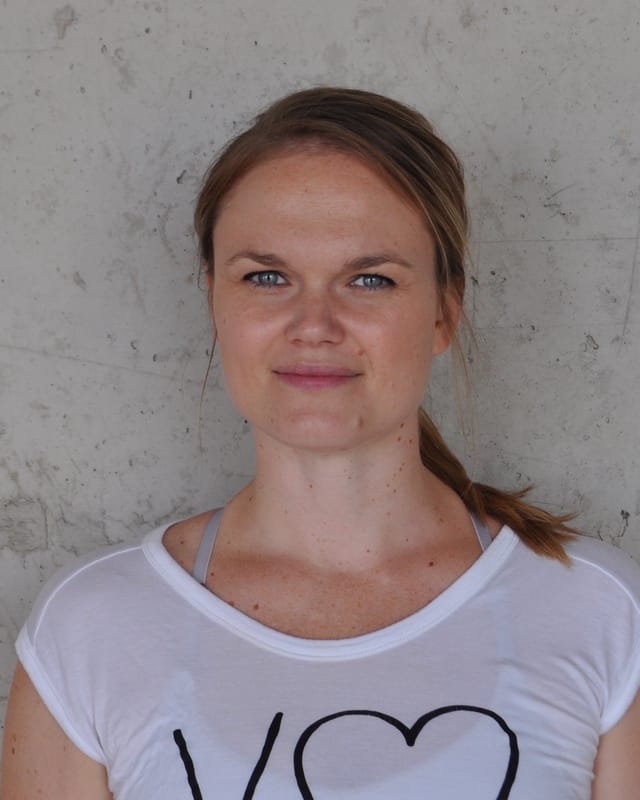
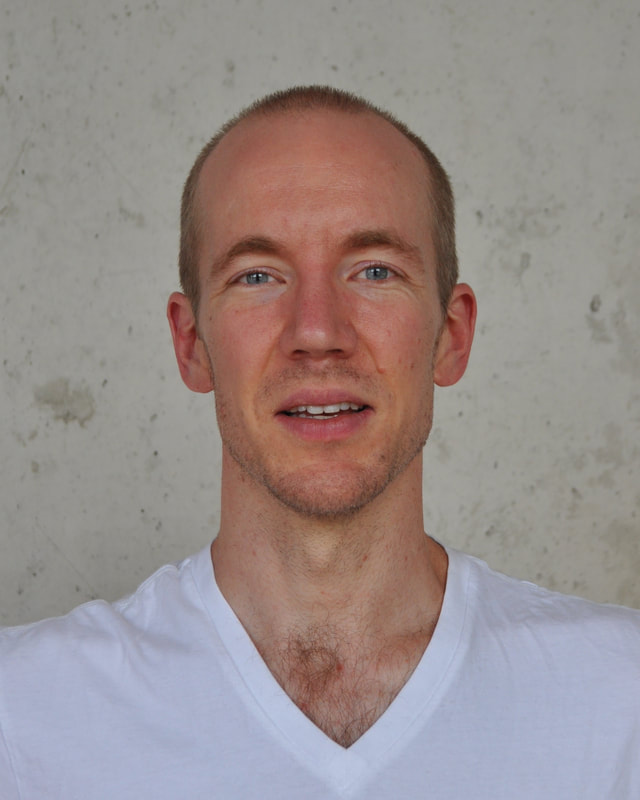
 RSS Feed
RSS Feed